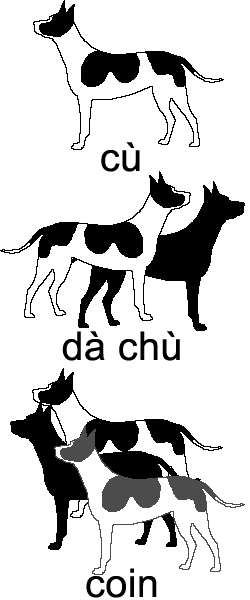Inflection facts for kids
Inflection is a fancy word for how words change their shape to show different meanings in grammar. Think of it like adding a special ending or changing a letter inside a word. These changes help us understand if something is happening now, happened before, or if there's one of something or many.
Contents
Understanding Word Changes
Words often have a main part that stays the same. This main part is called the root. For example, in the words "walk," "walked," and "walking," the root is "walk."
How Words Change
To show different meanings, we add small pieces to the root. These pieces are called affixes.
- Prefixes are added to the front of a word (like "un-" in "unhappy").
- Suffixes are added to the end of a word (like "-ing" in "walking").
- Infixes are added right into the middle of a word (these are rare in English).
These small changes help us know more about the word.
Verbs: Actions That Change
When verbs (action words) change their shape, it's called conjugation. This helps us know when something happened.
- Write (now)
- Wrote (in the past)
- Written (used with "has" or "is")
Here are more examples:
- Sing, sang, sung
- Run, ran, run
Nouns: Naming Words That Change
When nouns (naming words) change their shape, it's called declension. This often helps us know if there is one of something or many.
- Foot (one foot)
- Feet (many feet)
Here are more examples:
- Mouse (one mouse)
- Mice (many mice)
- Child (one child)
- Children (many children)
So, inflection is all about these small but important changes that make our language more clear and expressive!
See also
 In Spanish: Flexión (lingüística) para niños
In Spanish: Flexión (lingüística) para niños


